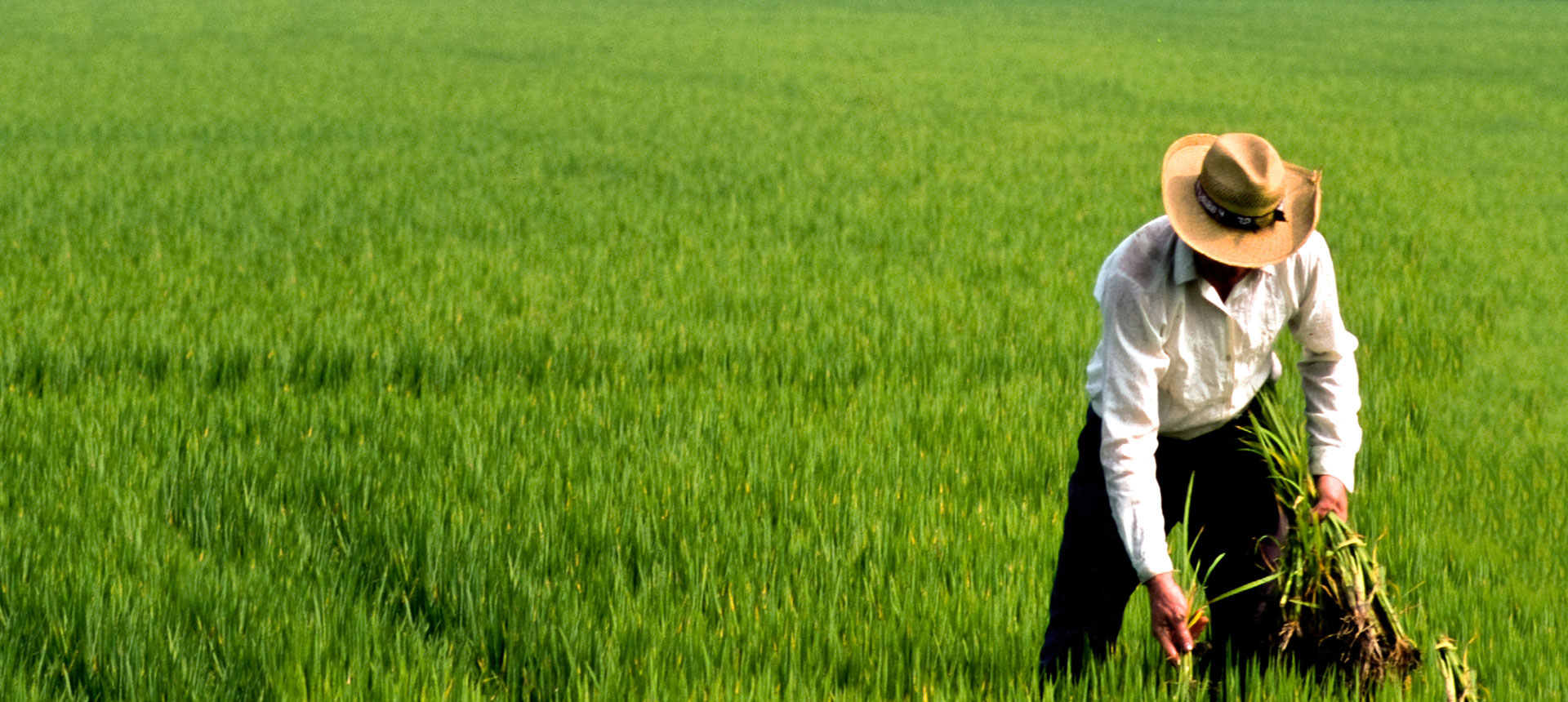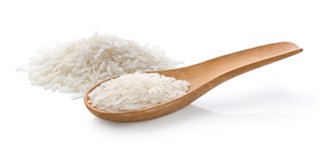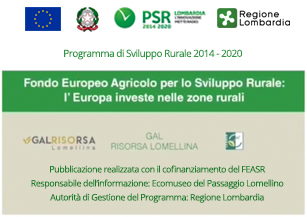This is the background to the Italian rice industry, which ranks number one in Europe with 230,000 hectares of rice fields (annual average), of which 81,000 are in Lomellina and Pavia, 71,000 in Vercelli and 33,000 in Novara.
2 OCTOBER 1931
The National Rice Authority
Italy’s National Rice Authority was established by Royal Decree-Law No. 1237 of 2 October 1931, converted into law on 21 December 1931. Article 1 of the Statute states: “The purpose of the Authority is to safeguard national rice production and the industrial and commercial activities associated with it, facilitating the distribution and consumption of the product and promoting and supporting initiatives aimed at improving the production, processing and consumption of the product.” Since then, the headquarters of this interprofessional body – the only one of its kind in Europe – has been in Milan, but its Rice Research Centre, which cooperates with numerous Italian and international institutions, is located in Castello d’Agogna (on the road to Ceretto) in Lomellina. This is where seed testing is carried out, technical assistance is provided to producers and an Accredia-certified testing service is offered to the supply chain and commercial operators that request it.
There are three trade organisations:
28 SEPTEMBER 1920
Confagricoltura
What is now Confagricoltura was created on 28 September 1920 from the merger of two pre-existing trade organisations. It then allied with others to form the Fascist Confederation of Farmers, and in 1948, it was re-established under the name Confagricoltura.
30 OCTOBER 1944
Coldiretti
The National Confederation of Independent Farmers, known as Coldiretti, was founded on 30 October 1944 by Paolo Bonomi.
1977
Cia-Agricoltori italiani
Cia-Agricoltori Italiani was founded in 1977 under the name Italian Confederation of Farmers (Confederazione Italiana Coltivatori – Cic), following the merger of Alleanza Contadini, Federmezzadri and Unione Coltivatori Italiani. In 1992, it changed its name to the Italian Farmers’ Confederation (Confederazione Italiana Agricoltori – Cia), which recently became the Cia-Agricoltori Italiani.
Finally, the world of rice processing is represented by the Association of Italian Rice Industries (Airi), based in Pavia, in Via Bernardino da Feltre. In Lomellina, Riso Gallo in Robbio and Curti-Euricom in Valle Lomellina and Riso Scotti in Pavia are among its partners. These are the figures for the sector in 2020: 1.3 billion euros in turnover and 1.1 million tonnes of milled rice.




